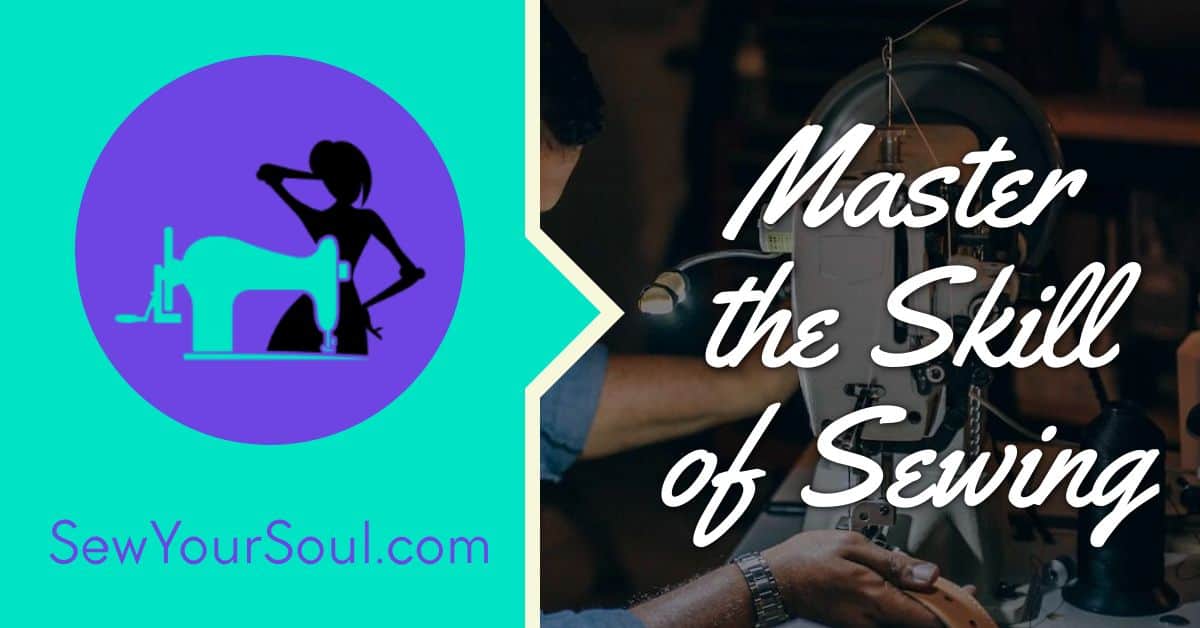As a sewing enthusiast, I understand the importance of having the right tools to create a perfect stitch. One of the most crucial tools in your sewing arsenal is a sewing machine, and when it comes to sewing machines, free arm sewing machines are a popular choice among sewists.
If you’re new to sewing or are looking to upgrade your sewing machine, you may be wondering what a free arm sewing machine is and why it’s essential. A free arm sewing machine is a type of sewing machine that allows you to remove the flat bed of the machine, leaving a narrow arm that can be used to sew cylindrical items such as sleeves, cuffs, and collars. This feature makes it easier to sew smaller and more intricate projects, making it a must-have for many sewists.
In this article, I will be sharing my top picks for the best free arm sewing machines available in the market. I will also be discussing the features that make these machines stand out and how they can help you improve your sewing skills. So, whether you’re a beginner or an experienced sewist, keep reading to find the perfect free arm sewing machine for your needs.
Key Takeaways
- Free arm sewing machines are a popular choice among sewists as they allow for easier sewing of cylindrical items such as sleeves and cuffs.
- The best free arm sewing machines come with features such as built-in stitches, automatic needle threading, and drop-in bobbins.
- When choosing a free arm sewing machine, consider factors such as your skill level, the type of projects you will be working on, and the machine’s size and weight.
Understanding Free Arm Sewing Machines
As a sewing enthusiast, I know how important it is to have a sewing machine that can handle a variety of tasks. One feature that can make a big difference in your sewing experience is a free arm sewing machine.
A free arm sewing machine is a type of sewing machine that has a removable arm, which allows you to sew cylindrical or tubular items, such as sleeves, cuffs, and pant legs. This arm is usually smaller in diameter than the main body of the machine, making it easier to maneuver around tight curves and small spaces.
One of the benefits of a free arm sewing machine is that it allows you to work on smaller, more intricate projects with ease. For example, if you’re working on a shirt with a narrow sleeve, a free arm machine will make it much easier to sew the sleeve closed without accidentally sewing the shirt together at the same time.
Another advantage of a free arm sewing machine is that it can be used for a wide range of sewing tasks. Whether you’re working on a garment, a quilt, or a home decor project, a free arm machine can handle the job.
When shopping for a free arm sewing machine, there are a few things to keep in mind. First, consider the size of the arm and the machine as a whole. If you plan to work on larger projects, you’ll want a machine with a larger arm and a larger work surface.
You’ll also want to look for a machine with a variety of stitch options, as well as adjustable stitch length and width. This will give you more flexibility in your sewing projects and allow you to create a wider range of stitches.
Finally, consider the brand and price of the machine. While a higher price tag doesn’t always mean better quality, it’s important to invest in a machine that will last and that comes with good customer support.
In conclusion, a free arm sewing machine is a versatile and useful tool for any sewing enthusiast. With a little research and consideration, you can find the perfect machine to fit your needs and take your sewing projects to the next level.
Types of Free Arm Sewing Machines
When it comes to free arm sewing machines, there are a variety of types to choose from depending on your needs and preferences. Here are some of the most common types of free arm sewing machines:
Mechanical Sewing Machines
Mechanical sewing machines are the most basic type of free arm sewing machine. They are operated by turning a hand wheel to move the needle up and down and using a foot pedal to control the speed. These machines are great for beginners and those who don’t need a lot of fancy features.
Computerized Sewing Machines
Computerized sewing machines are more advanced than mechanical machines. They have a built-in computer that controls the machine’s functions. These machines often come with a wide range of features, such as automatic needle threading, programmable stitch patterns, and LCD screens for easy navigation.
Portable Sewing Machines
Portable sewing machines are lightweight and easy to carry around. They are perfect for those who need to take their sewing machine on the go, such as to sewing classes or on vacation. These machines often come with a carrying case and can be powered by batteries or an AC adapter.
Serger Sewing Machines
Serger sewing machines, also known as overlock machines, are designed to create finished edges on fabric. They use multiple threads to create a strong, professional-looking seam. These machines are great for those who do a lot of garment sewing or want to add a professional touch to their projects.
Brand and Model Specifics
There are many different brands and models of free arm sewing machines on the market. Some of the most popular brands include Brother, Singer, Janome, and Juki. Each brand offers a variety of models with different features and price points, so it’s important to do your research and find the one that best fits your needs.
In conclusion, there are many different types of free arm sewing machines to choose from. Whether you’re a beginner or an experienced seamstress, there’s a machine out there that will meet your needs. By considering factors such as brand, model, and features, you can find the perfect machine for your sewing projects.

Features of the Best Free Arm Sewing Machines
As someone who has been sewing for years, I know that the right sewing machine can make all the difference in the world. When it comes to free arm sewing machines, there are a few key features that I look for to ensure that I get the best possible machine for my needs.
First and foremost, I want a machine with an automatic needle threader. This feature saves me so much time and frustration, especially when working on intricate projects. I also look for machines with a variety of built-in stitches, including both straight and zigzag options. This gives me the flexibility to work on a wide range of projects without having to switch out my machine.
Another important feature for me is a built-in thread cutter. This makes it easy to quickly cut my thread without having to fumble around for a pair of scissors. I also prefer machines with a dial for adjusting stitch length, as this allows me to fine-tune my stitches depending on the project.
When it comes to buttonholes, I prefer machines with a 4-step buttonhole option. This makes it easy to create buttonholes of consistent size and shape every time. Some of the best free arm sewing machines also come with 12 or more built-in stitches, including decorative options for adding unique touches to my projects.
Finally, I look for machines with automatic features like automatic needle threading and automatic thread cutter. These features save me time and make sewing more efficient overall.
Overall, the best free arm sewing machines are those that offer a variety of stitch options, automatic features, and convenient extras like a built-in thread cutter. By keeping these features in mind, I am able to find the perfect machine for my needs and take my sewing projects to the next level.
Top Models of Free Arm Sewing Machines
When it comes to free arm sewing machines, there are many models available in the market. Here are some of the top models that I’ve found to be the best:
Brother XR9550 Sewing and Quilting Machine
The Brother XR9550 is considered to be the best overall sewing machine for its features and performance. It comes with 165 built-in stitches, an automatic needle threading system, and a drop-in bobbin system. It also has a large LCD screen that displays stitch information and allows you to select stitches easily. This machine is perfect for sewing and quilting projects.
Singer Start 1304 Sewing Machine
If you’re looking for the best sewing machine for beginners, the Singer Start 1304 is a great option. It has a simple design and is easy to use. This machine comes with six built-in stitches and a four-step buttonhole feature. It also has a free arm for sewing cuffs, collars, and other small projects.
Janome 2206 Sewing Machine
The Janome 2206 is another great option for beginners. It has a simple design and is easy to use. This machine comes with six built-in stitches and a four-step buttonhole feature. It also has a free arm for sewing cuffs, collars, and other small projects.
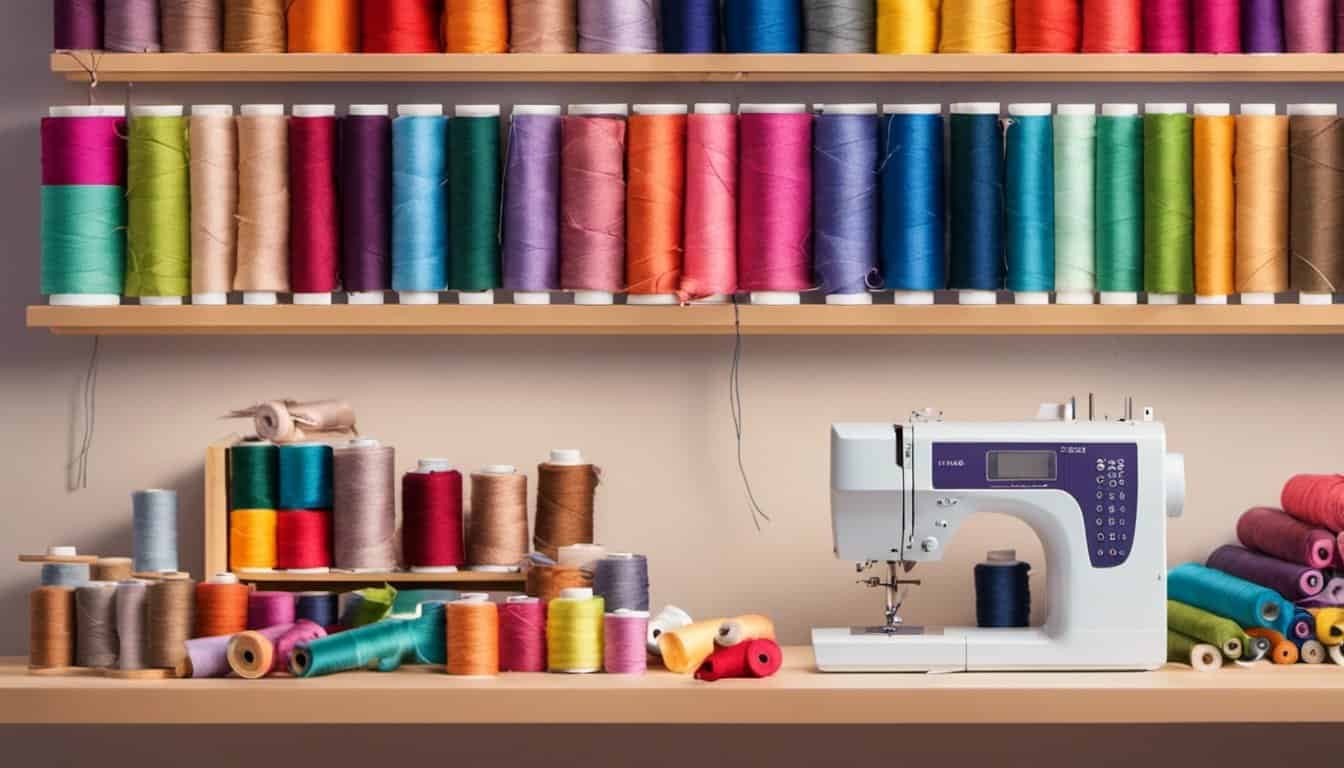
Brother ST371HD Sewing Machine
The Brother ST371HD is a heavy-duty sewing machine that can handle thick fabrics like denim and leather. It comes with 37 built-in stitches and a one-step buttonhole feature. It also has a free arm for sewing cuffs, collars, and other small projects.
Singer Curvy 8763 Sewing Machine
The Singer Curvy 8763 is a computerized sewing machine that comes with 30 built-in stitches and a one-step buttonhole feature. It also has a free arm for sewing cuffs, collars, and other small projects. This machine has a unique design that makes it easy to use and comfortable to work with.
Janome 2212 Sewing Machine
The Janome 2212 is a great option for those who want a simple and easy-to-use sewing machine. It comes with 12 built-in stitches and a four-step buttonhole feature. It also has a free arm for sewing cuffs, collars, and other small projects.
Overall, these are some of the best free arm sewing machines available in the market. Whether you’re a beginner or an experienced sewer, there’s a machine on this list that can meet your needs.
Using Free Arm Sewing Machines for Different Fabrics
As a sewing enthusiast, I have found that free arm sewing machines are incredibly versatile and useful for sewing different types of fabrics. Here are some of my tips for using a free arm sewing machine with different fabrics:
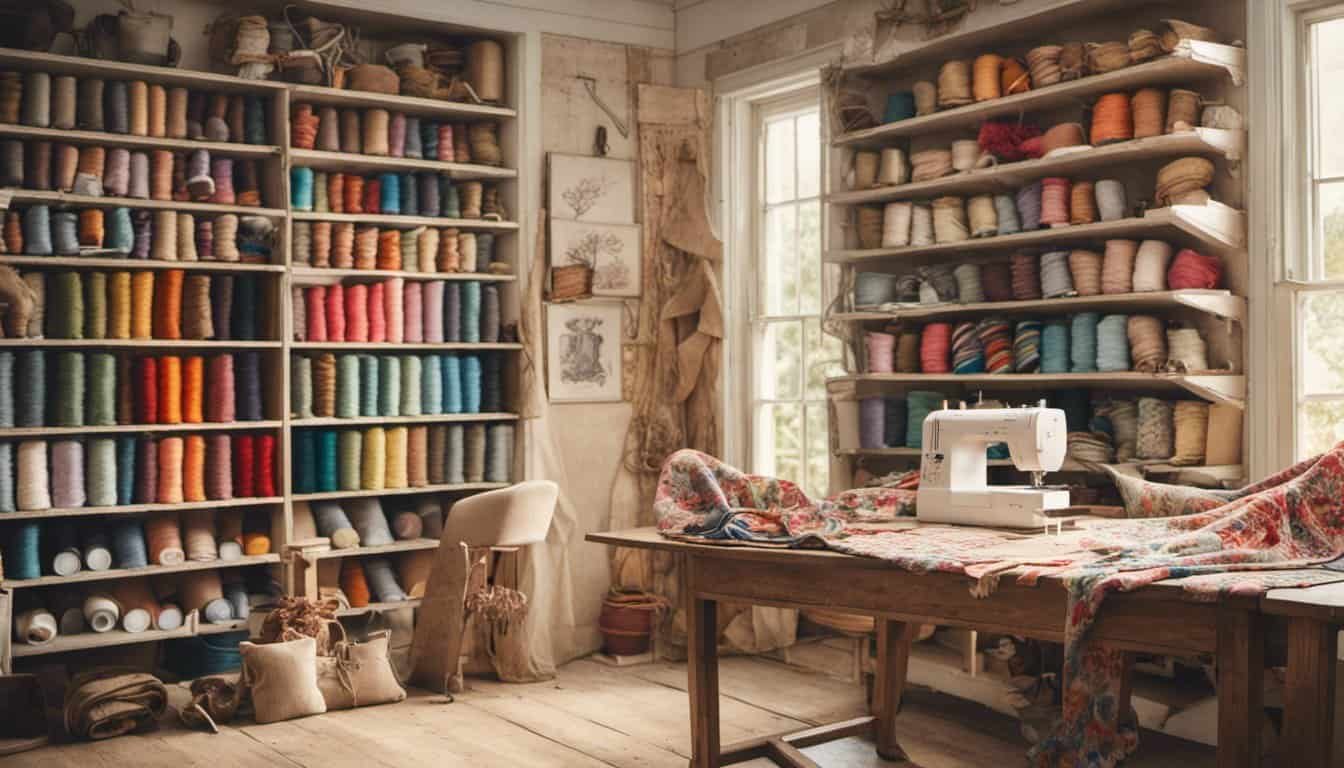
Cotton
Cotton is a popular fabric for many sewing projects, and a free arm sewing machine is perfect for sewing cotton garments. The free arm allows you to easily maneuver the fabric, making it easier to sew curved seams, such as armholes or collars. When sewing cotton, I recommend using a medium weight needle and thread, and adjusting the stitch length to suit your project.
Denim
Denim is a heavy fabric that can be difficult to sew with a regular sewing machine. However, a free arm sewing machine can make sewing denim a breeze. When sewing denim, I recommend using a denim needle and a heavy-duty thread. Adjust the stitch length to suit your project, and use a longer stitch length for topstitching. The free arm allows you to easily sew curved seams, such as the inseam of jeans.
Satin
Satin is a delicate fabric that can be challenging to sew with a regular sewing machine. However, a free arm sewing machine can make sewing satin much easier. When sewing satin, I recommend using a fine needle and a lightweight thread. Adjust the stitch length to suit your project, and use a shorter stitch length for more delicate seams. The free arm allows you to easily sew curved seams, such as the neckline of a dress.
In conclusion, a free arm sewing machine is a versatile tool that can be used with a variety of fabrics. By adjusting the needle, thread, and stitch length, you can sew a wide range of projects with ease. Whether you are sewing cotton, denim, satin, or any other fabric, a free arm sewing machine is a must-have tool for any sewing enthusiast.
Sewing Techniques with Free Arm Machines
As someone who has been sewing for years, I can confidently say that free arm sewing machines are a game-changer. They make it so much easier to sew tubular items like sleeves, cuffs, and pants legs. Here are some sewing techniques that you can do with a free arm machine:
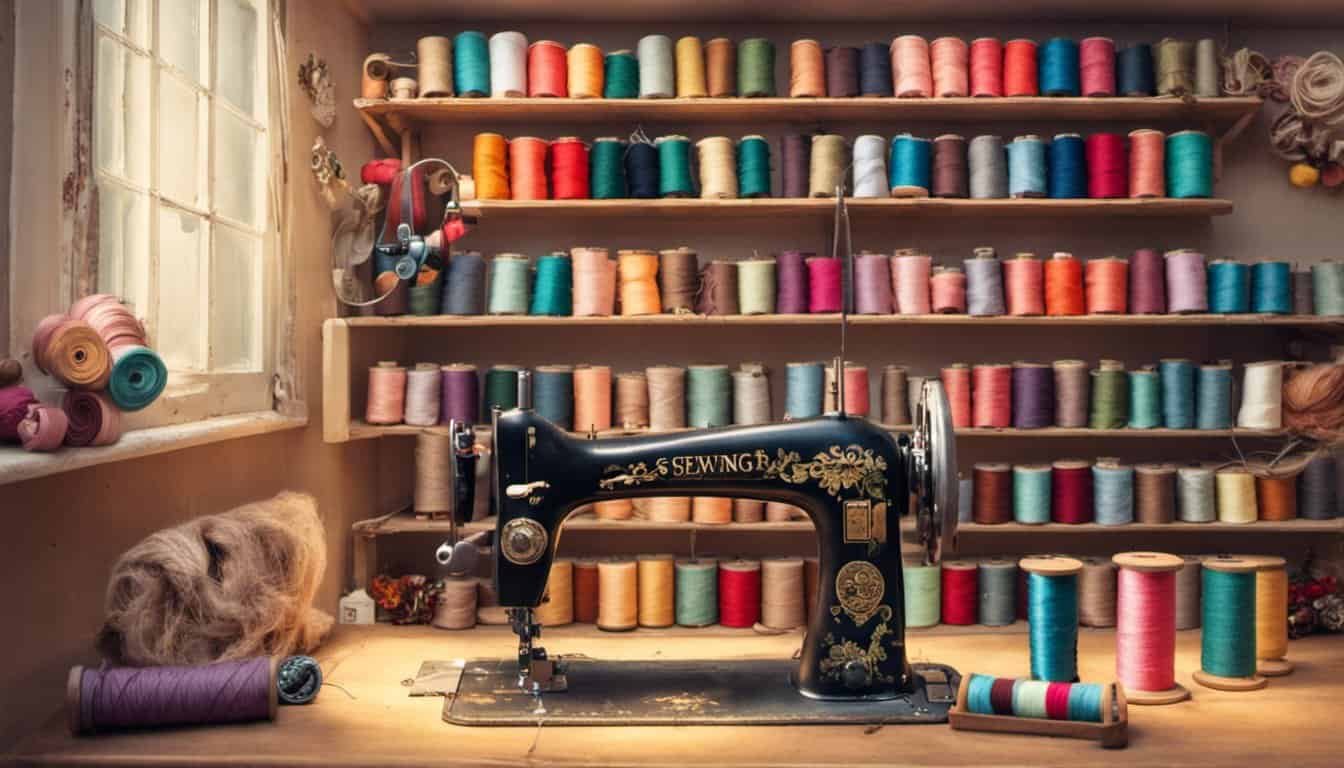
Hemming
Hemming is one of the most common sewing techniques, and a free arm machine makes it much easier. To hem a pair of pants, for example, all you need to do is fold up the fabric and run it through the free arm. The machine will guide the fabric for you, making it easy to sew a straight line.
Buttonholes
Making buttonholes can be a bit tricky, but a free arm machine makes it much easier. Most machines have a four-step buttonhole stitch that you can use to create perfect buttonholes every time. Simply mark where you want the buttonhole to go, and let the machine do the rest.
Blind Hem
A blind hem is a hem that is almost invisible from the outside of the garment. To create a blind hem, you’ll need to fold the fabric up and run it through the free arm. The machine will create a zigzag stitch that catches a few threads of the fabric on the outside, but most of the stitching will be on the inside of the garment.
Sleeves and Cuffs
Sewing sleeves and cuffs can be a bit tricky, but a free arm machine makes it much easier. To sew a sleeve or cuff, simply slide it onto the free arm and run it through the machine. The machine will guide the fabric for you, making it easy to sew a straight line.
Quilting
If you’re into quilting, a free arm machine is a must-have. It makes it easy to sew the layers of a quilt together without getting tangled up in the fabric. You can use a straight stitch or a zigzag stitch, depending on the look you’re going for.

Zippers
Sewing zippers can be a bit tricky, but a free arm machine makes it much easier. To sew a zipper, simply slide it onto the free arm and run it through the machine. The machine will guide the fabric for you, making it easy to sew a straight line.
Satin Stitch and Scallop Stitch
A satin stitch is a decorative stitch that can be used to finish the edges of fabric. A scallop stitch is a similar decorative stitch that creates a scalloped edge. Both of these stitches can be done with a free arm machine, making it easy to add a decorative touch to your projects.
In summary, a free arm sewing machine can make sewing much easier and more enjoyable. With a little practice, you can use it to sew sleeves, cuffs, hems, buttonholes, zippers, and more. So if you’re in the market for a new sewing machine, be sure to consider a free arm model.
Additional Accessories for Free Arm Sewing Machines
When it comes to sewing, having the right accessories can make all the difference. Free arm sewing machines are no exception, and there are a variety of accessories available that can enhance your sewing experience.
One accessory that many sewists find helpful is an extension table. This table attaches to the machine and provides a larger work surface, which can be especially useful when working on larger projects like quilts or curtains.

Another important accessory is a foot pedal. This allows you to control the speed of your machine with your foot, leaving your hands free to guide your fabric. Make sure to choose a pedal that is comfortable for you to use and that is compatible with your machine.
If you’re looking for a lightweight machine that you can easily take with you to sewing classes or on the go, consider investing in a lightweight free arm sewing machine. These machines are designed to be portable and easy to carry, making them a great choice for sewists who like to take their projects on the road.
Other accessories that can be helpful for free arm sewing machines include a seam ripper, buttonhole foot, all-purpose foot, darning plate, and needle plate. These accessories can help you to achieve professional-looking results and make your sewing projects easier and more enjoyable.
Finally, consider investing in an accessory kit that includes a variety of different accessories for your machine. These kits often include everything you need to get started with your machine, including bobbins, needles, and more.
Overall, there are a wide variety of accessories available for free arm sewing machines, and choosing the right ones can help you to achieve great results and make your sewing projects more enjoyable.

Setting Up Your Free Arm Sewing Machine
Setting up a free arm sewing machine can be a daunting task, especially for beginners. However, with a little practice and patience, it can become an easy and effortless process. As a professional seamstress, I have set up my fair share of free arm sewing machines, and I am happy to share my tips and tricks with you.
One of the essential features of a free arm sewing machine is an easy threading system. Most modern machines come with automatic needle threaders, which make threading a breeze. However, if your machine doesn’t have an automatic needle threader, don’t worry. You can still thread your machine manually by following the instructions in your machine’s manual.
Another crucial feature of a free arm sewing machine is a drop feed dog. This feature allows you to lower the feed dogs, which are the small teeth that move the fabric under the needle. Lowering the feed dogs allows you to sew freehand or do free-motion quilting. To lower the feed dogs, consult your machine’s manual for instructions.
Setting up a free arm sewing machine is relatively easy, and most machines come with detailed instructions in the manual. However, if you’re a novice and still find it challenging to set up your machine, don’t hesitate to ask for help. You can consult a professional seamstress or take a class to learn how to set up your machine correctly.
In conclusion, setting up a free arm sewing machine is an essential step in the sewing process. With a little practice and patience, you can master the process and start sewing like a pro. Remember to consult your machine’s manual for instructions and don’t hesitate to ask for help if you need it. Happy sewing!
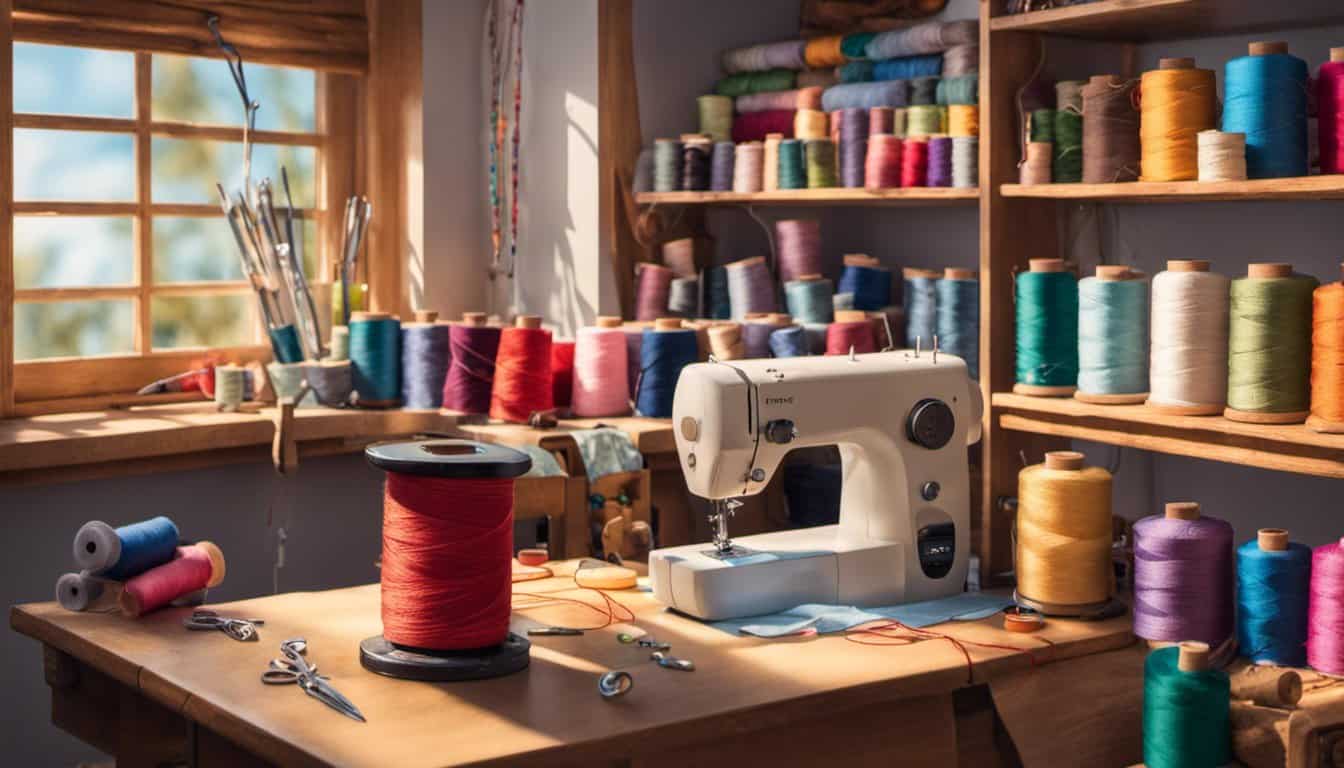
Lighting and Workspace Considerations
When it comes to sewing, it’s important to have a well-lit workspace. I prefer to have natural light, but that’s not always possible. If you’re sewing in a room with limited natural light, it’s important to have good artificial lighting. A bright, adjustable lamp is a great investment for your sewing room. I recommend getting a lamp with adjustable brightness levels, so you can adjust the light to your needs.
Another important consideration is your workspace. You want to make sure you have enough space to work comfortably. A free arm sewing machine is great because it allows you to work on cuffs, collars, and other small areas. However, you still need enough space to maneuver your fabric. Make sure you have a large enough table or desk to work on, and keep it clutter-free. It’s also helpful to have a cutting mat and ruler nearby, so you can easily measure and cut your fabric.
In addition to having enough space, it’s important to keep your workspace organized. This will help you work more efficiently and reduce stress. I recommend having storage containers for your thread, needles, and other sewing supplies. This will keep everything within reach and make it easy to find what you need.
Overall, having a well-lit and organized workspace is essential for successful sewing. Take the time to set up your space properly, and you’ll be able to sew comfortably and efficiently for hours.
Sewing Projects with Free Arm Machines
As someone who loves to sew in my spare time, I can attest to the versatility and convenience of a free arm sewing machine. The ability to remove the flat bed attachment and have access to the free arm makes it easy to sew sleeves, cuffs, and other small, circular items.

One of my favorite sewing projects to do on a free arm machine is hemming pants. The free arm makes it easy to maneuver the fabric and get a clean, professional-looking hem. I also love using my free arm machine for sewing collars and cuffs, as the circular shape fits perfectly around the free arm.
Another great project for a free arm machine is sewing patches onto clothing or bags. The free arm makes it easy to maneuver the fabric and get into tight spaces. Plus, the small size of the free arm makes it perfect for sewing on small patches.
If you’re into quilting, a free arm machine can also be a great tool. The circular shape of the free arm makes it easy to sew around curves and corners, and the small size of the arm makes it easy to maneuver the fabric.
Overall, a free arm sewing machine is a versatile tool that can be used for a variety of sewing projects. Whether you’re hemming pants, sewing patches, or quilting, a free arm machine can make your sewing projects easier and more efficient.
Tutorials and Learning Resources
As a beginner, it can be overwhelming to start using a free arm sewing machine. However, there are plenty of tutorials and learning resources available to help you get started.

One great resource is YouTube. There are many channels dedicated to teaching sewing techniques, and many of them have videos specifically about using a free arm sewing machine. Some popular channels include Sewing Parts Online, Made to Sew, and Professor Pincushion.
Another great resource is sewing blogs. Many sewing bloggers have tutorials and tips for using a free arm sewing machine. Some popular sewing blogs include Tilly and the Buttons, Colette, and Sew Over It.
If you prefer a more structured approach, there are also online classes available. Craftsy and CreativeLive both offer classes on using a free arm sewing machine, as well as other sewing techniques.
It’s also a good idea to consult your machine’s manual. The manual will have specific instructions for your machine, and can be a helpful reference when you’re first getting started.
Overall, there are many resources available to help you learn how to use a free arm sewing machine. Whether you prefer video tutorials, blog posts, or online classes, there’s something out there for everyone.
Conclusion
After researching and reviewing the best free-arm sewing machines available, I can confidently say that these machines are a great investment for any sewing enthusiast. Their portability and ease of use make them a great option for those who like to sew on-the-go or have limited space in their sewing area.
One of the standout features of these machines is their ability to sew cylindrical pieces such as pant legs and sleeves with ease. This is due to their removable extension table, which exposes the machine’s arm and allows for more flexibility and maneuverability.
When it comes to stitch width, many of the free-arm sewing machines on the market offer a variety of options to choose from. This allows you to tailor your stitches to your specific project needs, whether you’re working on a delicate piece of fabric or a heavier material.
Overall, I highly recommend investing in a free-arm sewing machine if you’re in the market for a new sewing machine. Their portability, versatility, and ease of use make them a great option for sewers of all skill levels.
Frequently Asked Questions
What are the top-rated brands for free arm sewing machines?
There are several top-rated brands for free arm sewing machines, including Brother, Singer, Janome, and Juki. These brands offer a range of models with different features and capabilities to suit different sewing needs.
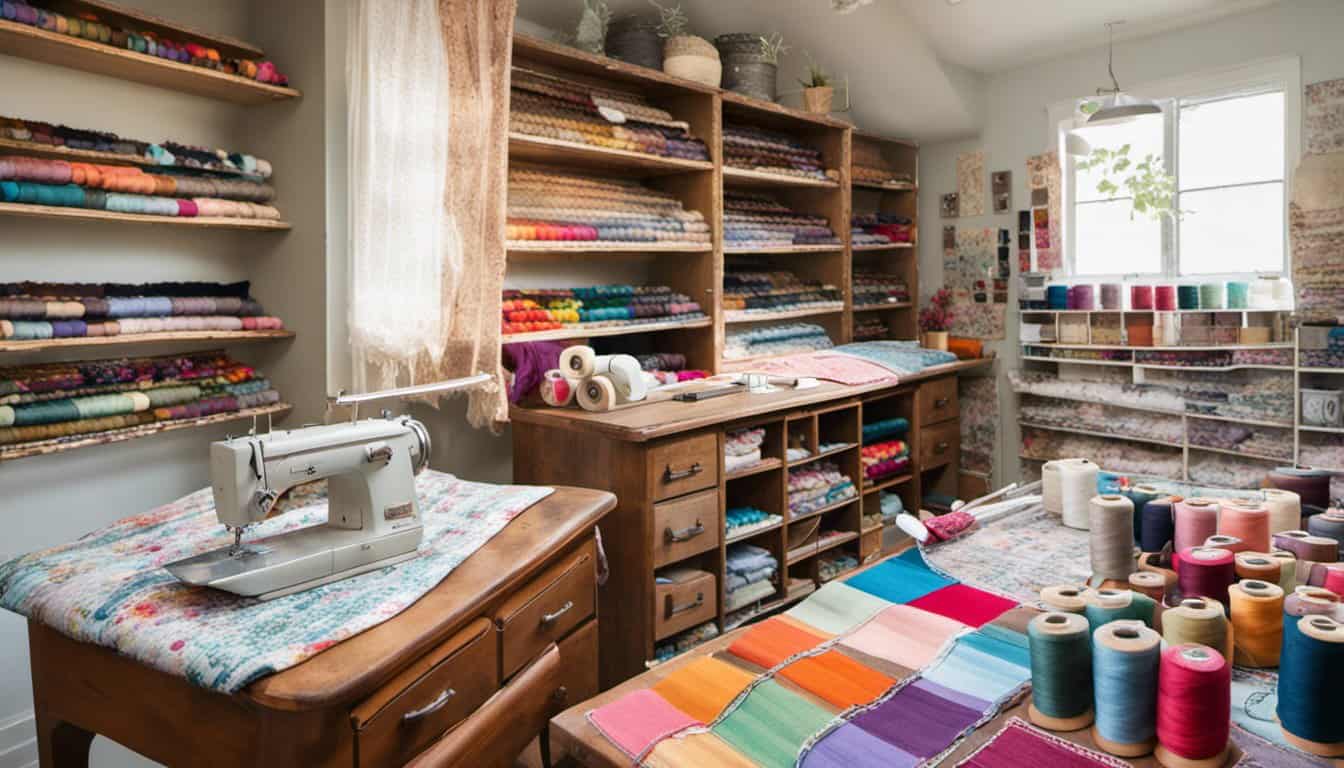
What is the smallest free arm size for a sewing machine?
The smallest free arm size for a sewing machine varies depending on the model and brand. Generally, the smallest free arm size is around 3-4 inches in diameter, which is suitable for sewing small items such as cuffs, collars, and sleeves.
Can all sewing machines be used for free arm sewing?
No, not all sewing machines can be used for free arm sewing. Only machines that have a removable free arm can be used for this purpose. Some machines have a built-in free arm, while others have a detachable accessory that can be added to convert the machine into a free arm sewing machine.
Which Janome sewing machines come with a free arm?
Most Janome sewing machines come with a free arm, including the popular Janome Magnolia 7318 and Janome DC2014. These machines offer a range of features and capabilities to suit different sewing needs, from basic stitching to advanced quilting and embroidery.
What is the difference between a free arm and a flatbed sewing machine?
A free arm sewing machine has a removable or built-in arm that allows for easier stitching of small, circular items such as cuffs, collars, and sleeves. A flatbed sewing machine, on the other hand, has a flat surface and no removable arm, making it more suitable for larger, flat items such as quilts and curtains.
What are the benefits of using a free arm sewing machine?
Using a free arm sewing machine offers several benefits, including easier stitching of small, circular items, more precise and accurate stitching, and greater versatility in terms of the types of projects that can be tackled. Free arm sewing machines are also generally more compact and portable than flatbed machines, making them ideal for on-the-go sewing.


